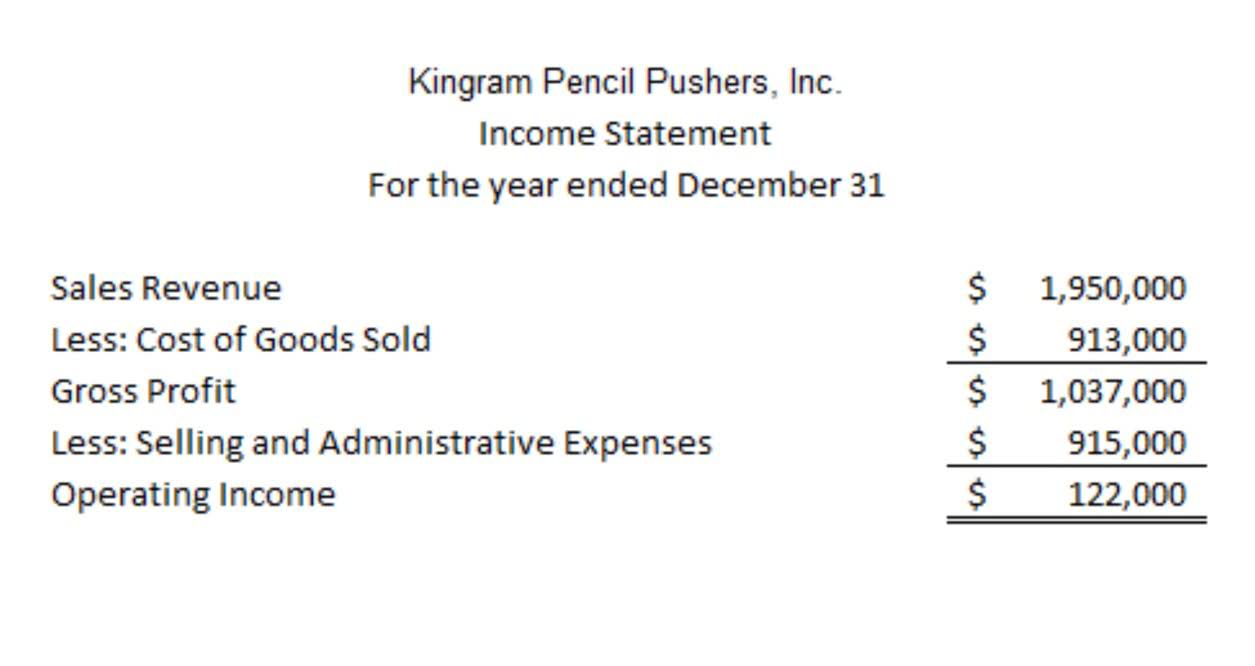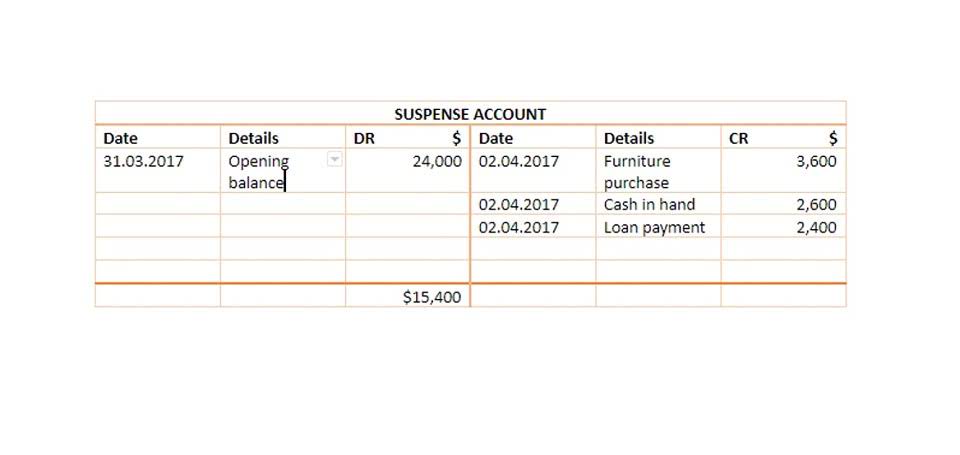Suspense accounts and error correction

Deposits or withdrawals are made for transactions that are yet to be completed.
What is a suspense account in balance sheet?
Use a suspense account when you buy a fixed asset on a payment plan but do not receive it until you fully pay it off. After you make the final payment and receive the item, close the suspense account and open a separate asset account. Transactions that are booked before an allocation is made to the appropriate cost or profit center will be recorded in the suspense account until ledger account they can be properly assigned. Ideally, a business will have a zero balance in the suspense account—or no suspense account listed—in its financial statements.

Do you already work with a financial advisor?
The bookkeeper is unsure whether to debit the office machines account or the electronic appliances account. See why progress invoicing and receiving partial payments is highly beneficial. Chartered accountant Michael Brown is the founder https://x.com/bookstimeinc and CEO of Double Entry Bookkeeping.
Balance Sheet
- They serve as a holding pen for financial amounts that cannot be immediately classified into the standard chart of accounts due to incomplete data or uncertainty regarding their proper placement.
- The purpose of a suspense account is to hold amounts that cannot be categorised, so it would not be possible for each department to have a suspense account.
- An accountant was instructed to record a significant number of journal entries written by the controller of a large company.
- However, as organizations scale, they experience increasing transaction volumes with added complexity.
- Therefore, transactions in the suspense account should be cleared regularly and as soon as possible.
Hence this account helped him to keep the transaction in the books of accounts and, at the same time, deter him from putting it under the wrong category. Despite its mysterious connotations, “suspense” in this case simply refers to the fact that a transaction or its designation in a company’s books has been suspended temporarily, pending some further action. Our writing and editorial staff are a team of experts holding advanced financial designations and have written for most major financial media publications.

Placing the suspense account on the balance sheet

To account for the payment, open a Suspense Account and credit the account with the full $500. When you find out which customer made the payment, debit the Suspense Account for $500 and credit your Account Receivable customers account for $500. This closes out your suspense account and posts the payment to the correct customer account. Conversely, if the trial balance credits are larger than the debits, the difference is recorded in the suspense account as a debit.
Partial payments
A suspense account is essentially a bookkeeping technique for keeping track of funds for a brief period until particular issues are resolved. A business can use a suspense account to record payments it has received but that can’t be properly accounted for until certain missing information (such as an invoice number) is obtained. In mortgage servicing, it is a way for the servicer to record incomplete monthly payments until the borrower has made the payment in full.
Transitioning Entries to Permanent Accounts

Let’s suppose you receive a payment from an unknown entity; or the sender is known but you are not sure which invoice they are paying for. EY refers to the global organization, and may refer to one or more, of the member firms of Ernst & Young Global Limited, each of which is a separate legal entity. Ernst & Young Global Limited, a UK company limited by guarantee, does not provide services to clients. Enabled by data and technology, our services and solutions provide suspense account trust through assurance and help clients transform, grow and operate. A financial professional will offer guidance based on the information provided and offer a no-obligation call to better understand your situation. Ask a question about your financial situation providing as much detail as possible.
Example 1: Unknown Payment
- The movement of funds is often supported by corroborating documentation that justifies the transaction’s classification, such as invoices, contracts, or communication records.
- Other details may also be unclear, such as the amount of the transaction or the payee.
- The main purpose of setting up a suspense account is to keep track of temporary transactions that have not yet been posted to the ledger account.
- Once the accounting staff investigates and clarifies the purpose of this type of transaction, it shifts the transaction out of the suspense account and into the correct account(s).
- This team of experts helps Finance Strategists maintain the highest level of accuracy and professionalism possible.
- Depending on the context, “suspense account” might mean a number of different things.
Suspense accounts serve as temporary placeholders in accounting, helping to manage transactions that cannot be immediately classified or resolved. Imagine you deposit money into your brokerage account to buy stocks, but there’s a delay in processing your investment choice, or there’s ambiguity about your instructions. Instead of this causing confusion or potential errors in your account, the funds are placed into a brokerage suspense account. This ensures that your money is safely held while any uncertainties are resolved. It helps ensure that all the transactions are recorded under the correct heads.
- When the business is unsure about the account in which they need to park a particular transaction, it is best to put the transaction in a suspense account and consult with your accountant before making any decision.
- Imagine you deposit money into your brokerage account to buy stocks, but there’s a delay in processing your investment choice, or there’s ambiguity about your instructions.
- This temporary assignment prevents the premature recording of financial activity in a way that might necessitate later corrections, which can be both time-consuming and costly.
- Suspense accounts and error correction are popular topics for examiners because they test candidates’ understanding of bookkeeping principles so well.
- Suspense accounts allow transactions to be posted before there is sufficient information available to create an entry to the proper account or accounts.
- When the controller is available, the accountant will get clarification and will move the amount from the Suspense account to the appropriate account.
- One important use of a suspense account is to bring the trial balance into agreement.
Suspense accounts act as a provisional solution for transactions that are in limbo, awaiting further analysis or additional information. They serve as a holding pen for financial amounts that cannot be immediately classified into the standard chart of accounts due to incomplete data or uncertainty regarding their proper placement. This temporary assignment prevents the premature recording of financial activity in a way that might necessitate later corrections, which can be both time-consuming and costly. A suspense account on a balance sheet is a temporary holding place for transactions that are unclear or not ready to be classified into a definitive account.
